Hello Guys, Hyperconjugation is one of the most important topic for IIT-Jee Mains, Advance, AIIMS, NEET & BITSAT.
The delocalization of σ-electrons or lone pair of electrons into adjacent π-orbital or p-orbital is called hyperconjugation.
It occurs due to overlapping of σ-bonding orbital or the orbital containing a lone pair with adjacent π-orbital or p-orbital.
It is also known as “no bond resonance” or “Baker-Nathan effect”.
Conditions for hyperconjugation
* There must be an α-CH group or a lone pair on atom adjacent to sp2 hybrid carbon or other atoms like nitrogen, oxygen etc.
E.g., Alkenes, alkyl carbocations, alkyl free radicals, nitro compounds with α- hydrogen
The displacement of σ-electrons towards the multiple bond occurs when there are hydrogens on the α-carbon (which is adjacent to the multiple bond). This results in the polarization of the multiple bond.
E.g. In propene, the σ-electrons of C-H bond of methyl group can be delocalized into the π-orbital of doubly bonded carbon as represented in the lecture.
In the same way, the other hydrogens on the methyl group also participate in the hyperconjugation. This is possible due to free rotation of C-C bond so that the other C-H bonds can also participate in the hyperconjugation. Thus the propene molecule can show following resonance structures, which confer stability to it.
CONSEQUENCES & APPLICATIONS OF HYPERCONJUGATION:-
The increasing order of stability of alkenes with increases in the number of methyl groups on the double bond is explained inside the lecture.
This order is supported by the heat of hydrogenation data of these alkenes. The values of heats of hydrogenation decrease with increase in the stability of alkenes.
Also the heats of formation of more substituted alkenes are higher than expected.
However it is important to note that the alkyl groups attached to the double bond must contain at least one hydrogen atom for hyperconjugation. For example, in case of the 3,3-Dimethyl Butene-1 containing a tert-butyl group on doubly bonded carbon, the hyperconjugation is not possible.
It is also important to note that the effect of hyperconjugation is stronger than the inductive effect.
For example, the positive inductive effect of ethyl group is stronger than that of methyl group. Hence based on inductive effect, 1-butene is expected to be more stable than propene.
However propene is more stable than 1-butene. This is because there are three hydrogens on α-methyl group involved in hyperconjugation. Whereas, in 1-butene there are only two hydrogen atoms on -CH2 group that can take part in hyperconjugation.
2) Stability of carbocations (carbonium ions):
The ethyl carbocation, CH3-CH2+ is more stable than the methyl carbocation, CH3+. This is because, the σ-electrons of the α-C-H bond in ethyl group are delocalized into the empty p-orbital of the positive carbon center and thus by giving rise to ‘no bond resonance structures’ as shown below. Whereas hyperconjugation is not possible in methyl carbocation and hence is less stable.
In general, the stability of carbonium ions increases with increase in the number of alkyl groups (containing hydrogen) attached to the positively charged carbon due to increase in the number of contributing structures to hyperconjugation.
Note: This type of hyperconjugation can also referred to as isovalent hyperconjugation since there is no decrease in the number bonds in the no bond resonance forms.
Thus the increasing order of stability of carbocations can be given as: methyl , primary, secondary , tertiary as depicted below:
3) Stability of free radicals:
The stability of free radicals is influenced by hyperconjugation as in case of carbonium ions. The the σ-electrons of the α-C-H bond can be delocalized into the p-orbital of carbon containing an odd electron.
Due to hyperconjugation, the stability of free radicals also follow the same order as that of carbonium ions i.e., methyl , primary , secondary ,tertiary.
4) Dipole moment & bond length:
* The dipole moment of the molecules is greatly affected due to hyperconjugation since the contributing structures show considerable polarity.
* The bond lengths are also altered due to change in the bond order during hyperconjugation. The single bond may get partial double bond character and vice versa.
E.g. The observed dipole moment of nitro methane is greater than the calculated value due to hyperconjugation. The observed C –N bond length is also less than the expected value due to same reason.
Watch our others videos
Back Bonding
—————————————————————————————
Supertrick to Find Bond Order (Part – I)
https://www.youtube.com/watch?v=Oqf2m…
—————————————————————————————
Inert Pair Effect in p-Block Chemistry
https://www.youtube.com/watch?v=yQLZn…
Thanks
Team
IITian Explains
source







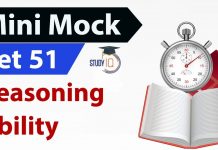



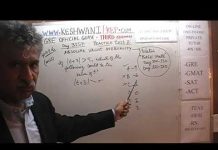

![CY_GATE_2019_PHYSICAL_SPECTROSCOPY_[ELECTRONIC_BASIC]_All IN ONE_[Short_Trick]_2018-19_PART_1ST - Videos](https://trends.edugorilla.com/wp-content/uploads/sites/8/2018/08/cy_gate_2019_physical_spectroscopy_electronic_basic_all-in-one_short_trick_2018-19_part_1st-218x150.jpg)



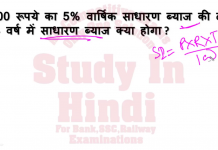


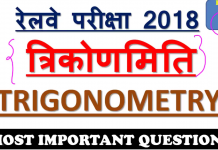

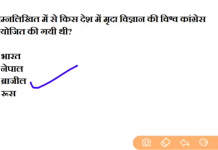
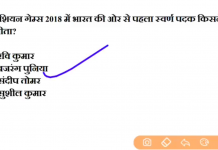




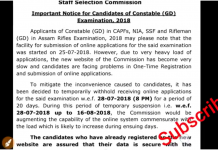
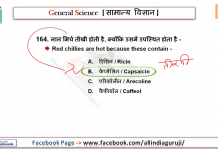


![24 August 2018 – The Indian Express Newspaper Analysis हिंदी में – [UPSC/SSC/IBPS] Current affairs - Videos](https://trends.edugorilla.com/wp-content/uploads/sites/8/2018/08/a520-218x150.png)
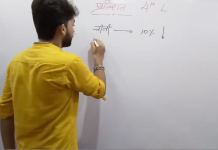



sir pls upload all the topics of chemical bonding
nice sir
your vedio are very usefull
Nice video sir
Love to watch your videos Junior, it reminds me my old days at Kota.God bless you.
Extraordinary explanation!!!!!!
Nice..
great explanation